News: Owners Developers & Managers
Posted: April 5, 2012
Current sustainable development practices - Part I
Many development companies are aware of and practice sustainable development on some level. There are a number of local companies that will help developers design systems and implement processes that can cut energy costs, conserve water and upgrade outdated systems. Part one of this three part series will focus on current practices. Part two will expand upon current practices and introduce a higher level of sustainable practices. The last column will focus on cutting edge practices and a zero carbon footprint, closed-loop system.
Many large developments bring in an energy consulting company to outline possible sustainable best practices for a project - whether it be ground up construction or simply a retrofit. Currently, the most common implementations focus on operational efficiency and conservation. Some systems manage energy and water with low flow toilets and energy control lighting systems. Other practices include replacing old windows, upgrading/installing energy star appliances and upgrading/installing efficient HVAC systems.
The mentioned implementations add cost to a project's bottom line. This cost is typically justified (offset) by the energy cost savings and overall conservation achieved by their implementation. Depending on the overall scope and cost of such implementations, ROI can typically be achieved within five years for smaller projects and between five to ten years for larger projects, depending on any tax credits involved. UMass Amherst recently retrofitted dormitory water systems, lighting and upgraded a steam turbine to the tune of $40 million. The projected energy and conservation savings over a 10-year period are $55 million. The university achieves cost recapture in just over seven years and will garner substantial annual savings thereafter.
The next logical step in sustainable development is the implementation of renewable energy sources to provide power to a project. While geothermal heat pumps and wind turbines have proven expensive and cumbersome to implement, solar PV panels appear to be widely accepted for projects that can afford the upfront expense. Systems like these can significantly cut a property's reliance on traditional electricity supplied by a local utility company. The typical ROI period for a mutli-million dollar installation can run 10-15 years, sometimes shorter if the project is granted local tax incentives; many federal tax incentives for these types of projects expired in 2011.
Energy consulting companies typically offer large projects "performance contracting" options where they guarantee a certain level of energy cost savings for the installed systems over an agreed upon period of time. Any shortfalls in the projected savings are paid back to the project owner as a penalty. Recently, the combination of these contracts, along with local and federal tax incentives and other cost recovery methods have allowed lenders to provide more of the system costs up front than in the past. Lenders have begun to jump on board the sustainable/green building initiative platform and are becoming more knowledgeable about the various sustainable methodologies. Sometimes projects can receive some of these cost increases up front in the construction capital stack, other times, they recoup out-of-pocket expenses related to property equity increases brought about from increased cash flow due to lower overall operating expenses.
My next article will outline sustainable development techniques that can be incorporated up front in the development cycle with little to no increase in the project budget.
Sean Jasie is sales director with Cordis, Inc., Quincy, Mass.
MORE FROM Owners Developers & Managers
Mount Vernon Co. acquires John Carver Inn & Spa in Plymouth, MA
Plymouth, MA The Mount Vernon Company (MVC), a Boston-based real estate and hospitality investment firm, has completed the acquisition of the John Carver Inn & Spa, an 80-room property.
Columns and Thought Leadership

Recently passed legislation creates opportunities to meet CT’s changing energy needs - by Klein and Feinn
For decades, New England has had a summer-peaking power system, where the greatest energy use occurs on the hottest and most humid days, due to widespread use of air conditioning. But by the mid-2030s, electrification of the heating sector likely will result in a winter peak that’s higher than the summer peak.

IREM President’s Message: Fostering community connections during the holiday season
The holidays are again taking center stage, and with them comes an opportunity for multifamily communities to connect with the businesses and organizations in their cities and towns, fostering a sense of unity and generosity during this giving season

Selecting the right façade installation firm - by Steven Powell
As the owner of a major new property being developed, or an existing large building preparing for major renovation, you want your design and construction team to have the right experience, capabilities, and expertise to match the project demands. A critical member of this team will be the façade installation specialty firm, since the quality of this installation will impact

.png)
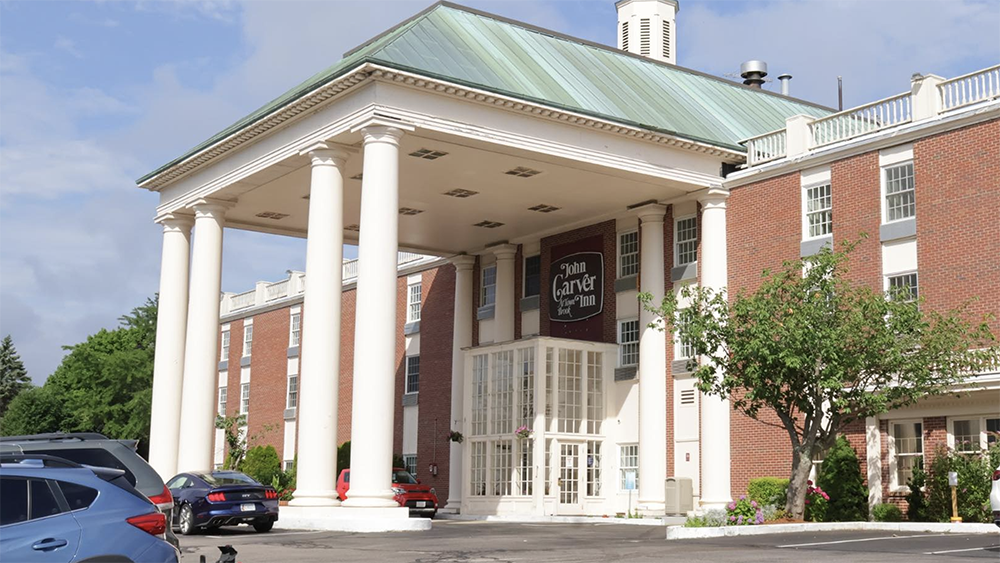
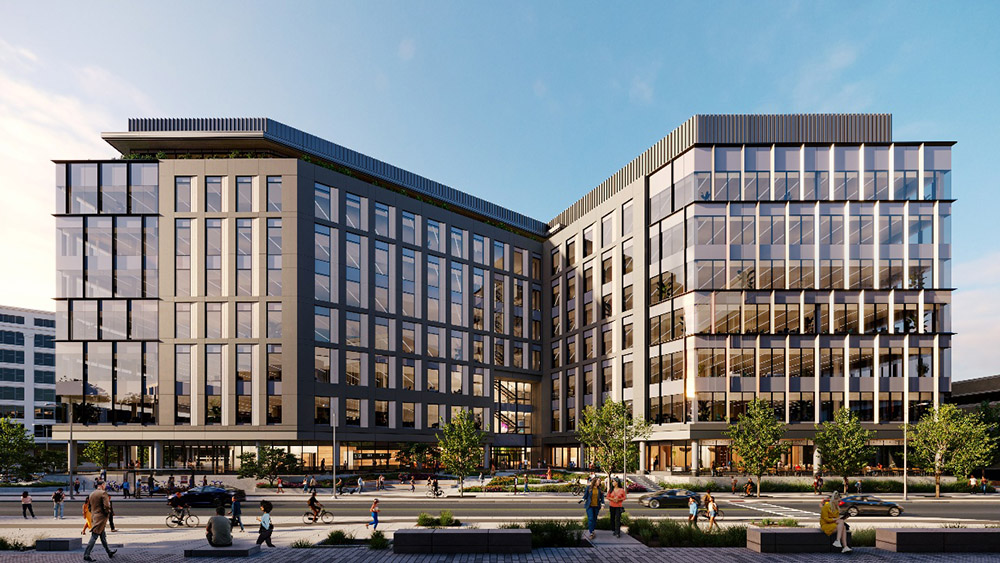
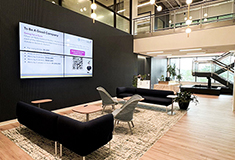
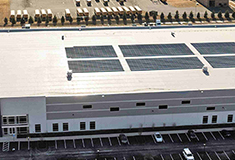
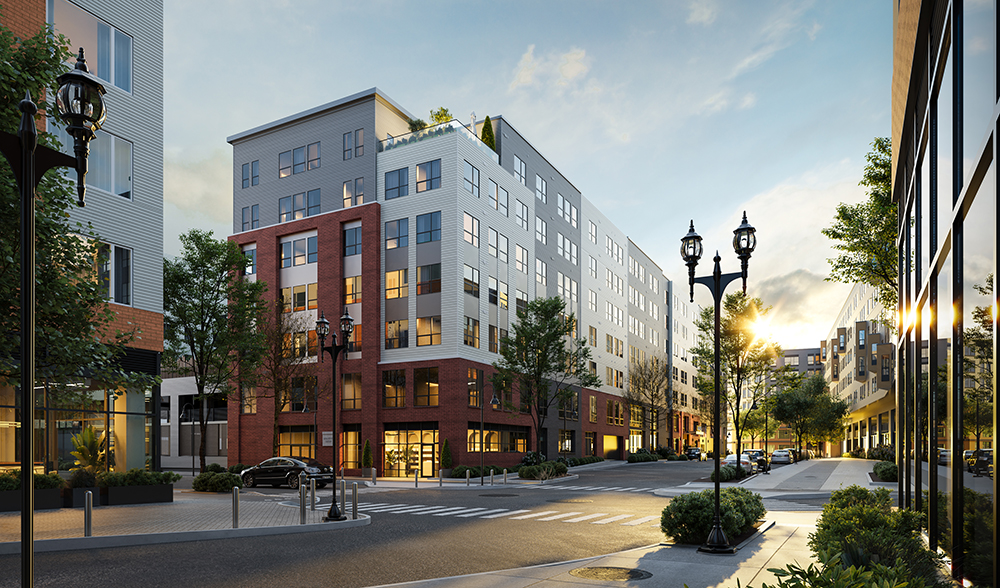
.png)

